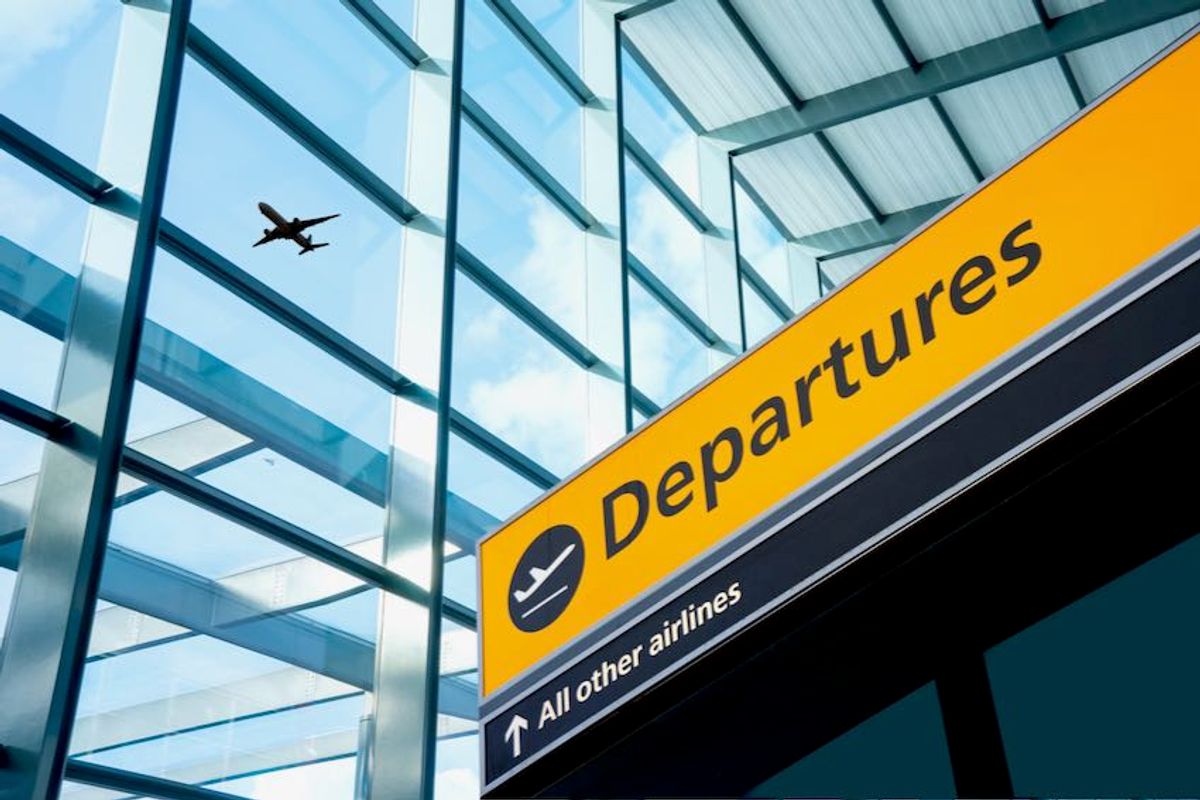European airport traffic remained “resilient” in May despite geopolitical and economic uncertainty, with the continent’s airline passenger numbers rising by 3.4 per cent year-on-year during the month.
Figures released by airport trade body ACI Europe showed that May’s traffic growth was “entirely driven” by international flights, which rose by 4.3 per cent year-on-year, while domestic passenger numbers dipped by 0.2 per cent.
ACI Europe also noted “continued disparities in passenger traffic performance across the European airport market”, as well as “a significant drop” in air freight compared with the same month in 2024.
London Heathrow was again Europe’s busiest airport with 7.2 million passengers, which was only a 0.4 per cent increase on May 2024 as the UK hub reaches capacity.
Istanbul came in second with 7 million passengers, an increase of 2.6 per cent year-on-year, while Paris Charles de Gaulle took third place (up 1.7 per cent to 6.2 million).
Among the major airports to see more impressive growth were Rome Fiumicino (up 4.1 per cent year-on-year), Barcelona (+3.6 per cent) and Munich (+3.2 per cent).
In Western Europe’s largest aviation markets, airports in Italy saw the highest rise in passengers of 4.4 per cent in May, followed by Spain (+3.3 per cent) and the UK (+1.7 per cent).
But ACI Europe said both Germany (+0.8 per cent) and France (+0.7 per cent) had “significantly underperformed” during the month and put the blame on their “punitive” national aviation taxes.
The highest levels of passenger growth within the EU were seen further east in countries such as Slovakia, Hungary, Poland and Slovenia, which all enjoyed double-digit increases in May. Conversely, markets including Sweden, Switzerland and Norway saw year-on-year declines in airline passengers.
Olivier Jankovec, director general of ACI Europe, said: “Passenger traffic remained resilient in May as consumers continue to prioritise travel and leisure as part of the underlying shift from material to experiential consumption.
“However, the performance of many airports continues to be hampered by aircraft shortages and maintenance issues affecting airlines, air traffic management disruptions and punitive aviation taxes – all taking their toll on air connectivity.”
Jankovec said it “remained to be seen” how geopolitical and global economic factors would shape consumer and business confidence in the coming months.
He added that geopolitics had so far caused a range of different impacts on European airports, which were “negative for some and positive for a few others”. While the main economic impact had been seen on freight traffic, rather than passenger numbers thus far.
